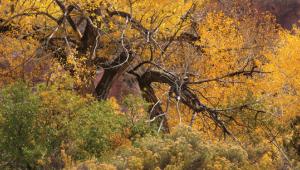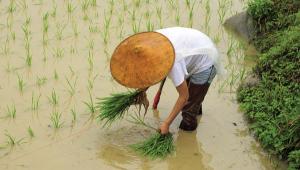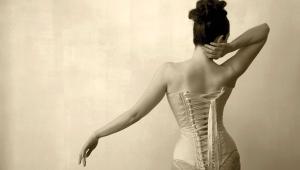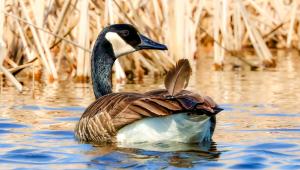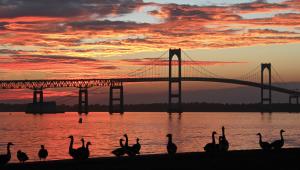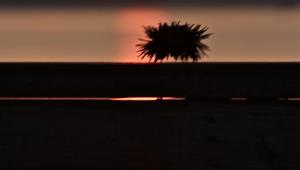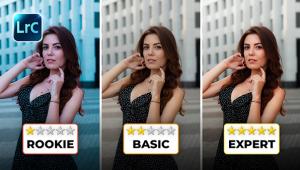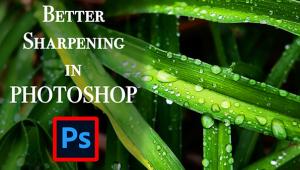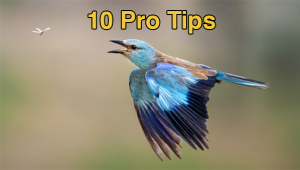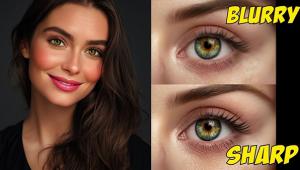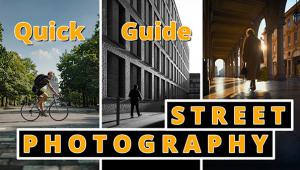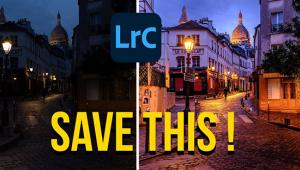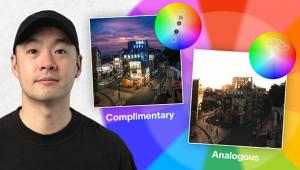Women In Photography
Karin Rosenthal--A Passion For The Human Form
| "Your camera is like a Geiger counter. It takes you to the right place. When it faces something that doesn't interest you, there is no tick-ticking, but when it faces something you like, it is ticking away." A nude figure photographed
through the tall reeds takes the form of a landscape, an organic shape
partially submerged in water. The image is by Boston photographer Karin
Rosenthal. Light is Rosenthal's main concern, how it falls upon
her model and creates the mystery and ambiguity that defines her work.
In her reverence for the human form Rosenthal processes all of her own
black and white film, working much like an accomplished etcher, proofing
her prints with variations in contrast, cropping and interpreting the
dark and light areas while looking for the greatest harmony and subtlety
of tone. |
- Log in or register to post comments




